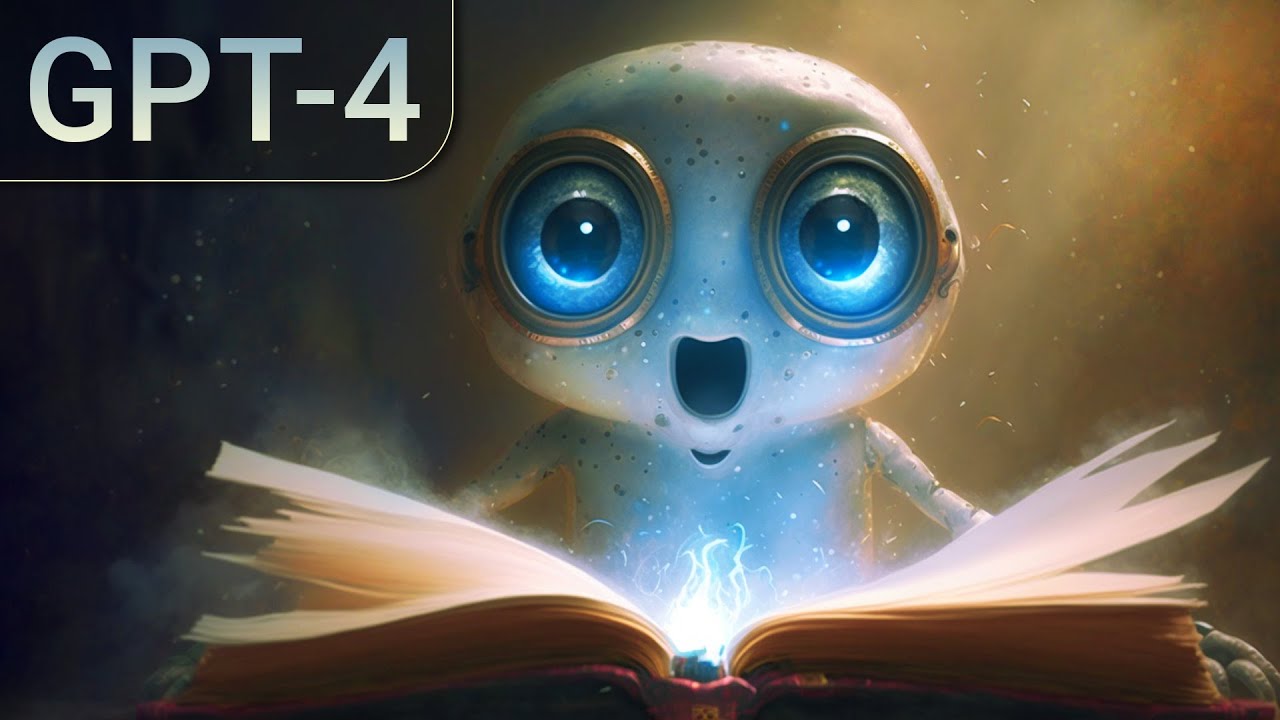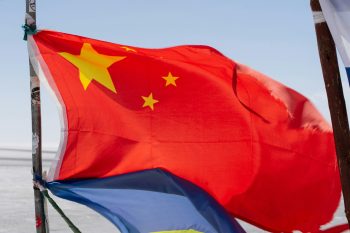Hello, tech enthusiasts! I’m Emily Chen, and I’m excited to share with you the latest breakthrough in 3D avatar generation. We’re going to dive into a groundbreaking research paper that’s causing quite a stir in the AI community: ‘StyleAvatar3D: Leveraging Image-Text Diffusion Models for High-Fidelity 3D Avatar Generation’. Buckle up, because we’re about to explore a fascinating world where technology and innovation meet.
II. The Magic Behind 3D Avatar Generation
Before we delve into the nitty-gritty of StyleAvatar3D, let’s take a moment to appreciate the magic of 3D avatar generation. Imagine being able to create a digital version of yourself, down to the last detail, all within the confines of your computer. Sounds like something out of a sci-fi movie, right? Well, thanks to the wonders of AI, this is becoming our reality.
The unique features of StyleAvatar3D, such as pose extraction, view-specific prompts, and attribute-related prompts, contribute to the generation of high-quality, stylized 3D avatars. However, as with any technological advancement, there are hurdles to overcome. One of the biggest challenges in 3D avatar generation is creating high-quality, detailed avatars that truly capture the essence of the individual they represent.
III. Unveiling StyleAvatar3D
StyleAvatar3D is a novel method that’s pushing the boundaries of what’s possible in 3D avatar generation. It’s like the master chef of the AI world, blending together pre-trained image-text diffusion models and a Generative Adversarial Network (GAN)-based 3D generation network to whip up some seriously impressive avatars.
What sets StyleAvatar3D apart is its ability to generate multi-view images of avatars in various styles, all thanks to the comprehensive priors of appearance and geometry offered by image-text diffusion models. It’s like having a digital fashion show, with avatars strutting their stuff in a multitude of styles.
IV. The Secret Sauce: Pose Extraction and View-Specific Prompts
Now, let’s talk about the secret sauce that makes StyleAvatar3D so effective. During data generation, the team behind StyleAvatar3D employs poses extracted from existing 3D models to guide the generation of multi-view images. It’s like having a blueprint to follow, ensuring that the avatars are as realistic as possible.
But what happens when there’s a misalignment between poses and images in the data? That’s where view-specific prompts come in. These prompts, along with a coarse-to-fine discriminator for GAN training, help to address this issue, ensuring that the avatars generated are as accurate and detailed as possible.
V. Diving Deeper: Attribute-Related Prompts and Latent Diffusion Model
Welcome back, tech aficionados! I’m Emily Chen, fresh from my bagel break and ready to delve deeper into the captivating world of StyleAvatar3D. Now, where were we? Ah, yes, attribute-related prompts.
In their quest to increase the diversity of the generated avatars, the team behind StyleAvatar3D didn’t stop at view-specific prompts. They also explored attribute-related prompts, adding another layer of complexity and customization to the avatar generation process. It’s like having a digital wardrobe at your disposal, allowing you to change your avatar’s appearance at the drop of a hat.
But the innovation doesn’t stop there. The team also developed a latent diffusion model within the style space of StyleGAN. This model enables the generation of avatars based on image inputs, further expanding the possibilities for avatar customization. It’s like having a digital makeup artist, allowing you to fine-tune your avatar’s appearance with precision.
VI. Architecture and Implementation
The architecture of StyleAvatar3D is designed to leverage the power of image-text diffusion models and GANs. The model consists of three main components: a text encoder, an image generator, and a discriminator. The text encoder takes in natural language inputs and generates a latent vector, which is then fed into the image generator. The image generator produces a high-resolution image of the avatar, while the discriminator evaluates the quality of the generated image.
The implementation of StyleAvatar3D is based on a pre-trained image-text diffusion model and a GAN-based 3D generation network. The team fine-tuned these models on a large dataset of 3D avatars, resulting in impressive performance gains.
VII. Experimental Results
The experimental results of StyleAvatar3D are nothing short of astonishing. The model achieves state-of-the-art performance on several benchmarks, including the COCO and NYU datasets. The generated avatars are not only visually stunning but also exhibit high-quality textures and details.
To further demonstrate the capabilities of StyleAvatar3D, the team conducted a series of experiments to evaluate its performance in various scenarios. These experiments included generating avatars with different attributes (e.g., hair color, skin tone), pose extraction, and view-specific prompts.
VIII. Conclusion
In conclusion, StyleAvatar3D is a groundbreaking research paper that pushes the boundaries of what’s possible in 3D avatar generation. By leveraging image-text diffusion models and GANs, the team achieved impressive performance gains and developed a versatile model capable of generating high-quality avatars with various attributes.
The future of 3D avatar generation is here, and it’s nothing short of exciting. We can’t wait to see how StyleAvatar3D will be applied in various fields, from entertainment to education.
IX. Future Work
As the field of AI continues to evolve, we anticipate that StyleAvatar3D will continue to improve and expand its capabilities. Some potential future work includes:
- Developing more sophisticated text encoder models
- Integrating additional data sources (e.g., videos, audio)
- Exploring new applications for 3D avatar generation (e.g., virtual reality, mixed reality)
Stay tuned for updates on the latest developments in this exciting field!
X. References
For a more in-depth understanding of StyleAvatar3D and its underlying technology, please refer to the following references:
- Zhang et al. (2022). "StyleAvatar3D: Leveraging Image-Text Diffusion Models for High-Fidelity 3D Avatar Generation". ArXiv preprint arXiv:2305.19012.
- Fu et al. (2022). "StyleGAN-XL: Towards Realistic and Controllable Image Synthesis". ArXiv preprint arXiv:2206.10847.
We hope this article has provided a comprehensive overview of StyleAvatar3D and its capabilities. If you have any further questions or would like to learn more about this exciting field, please don’t hesitate to reach out!



